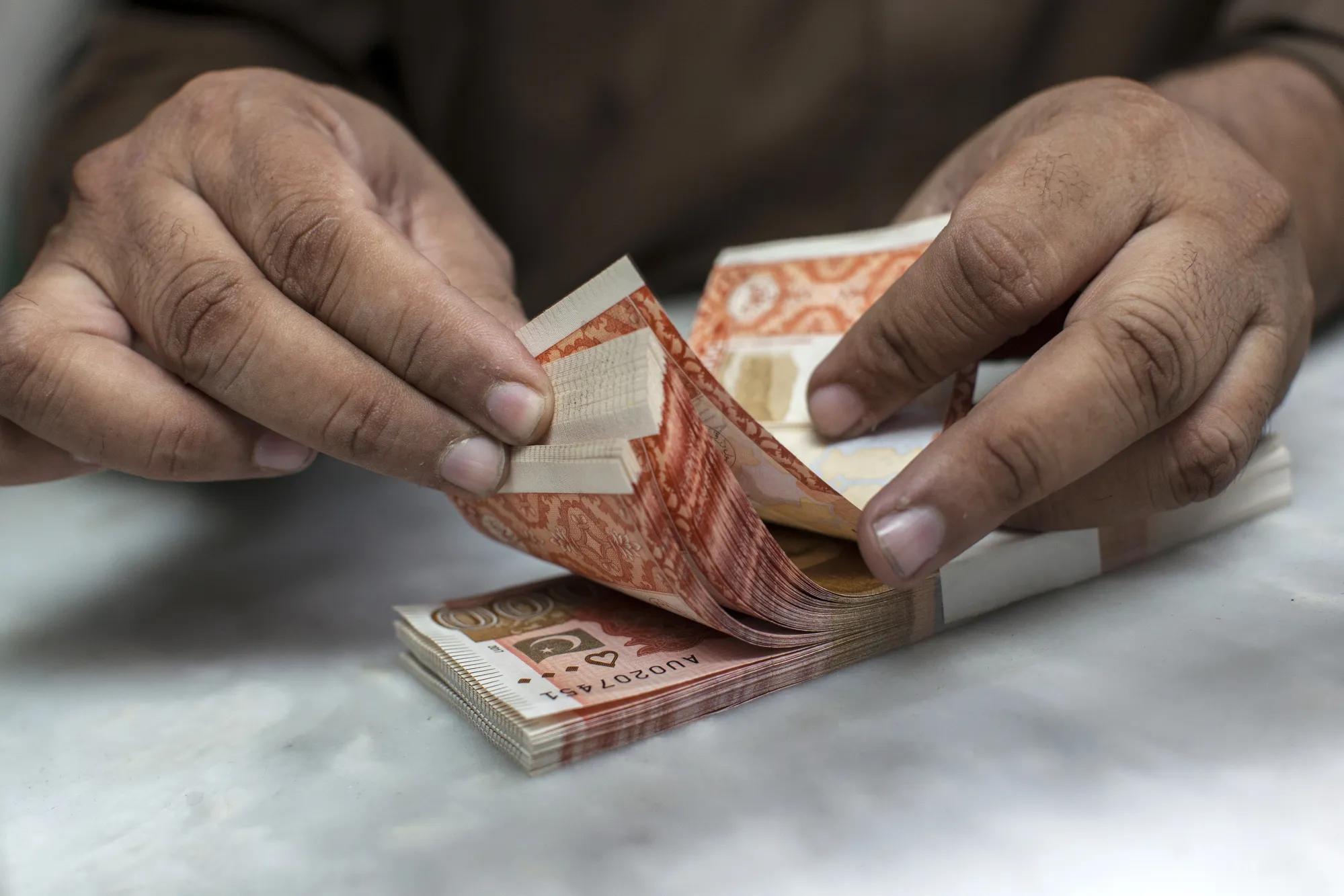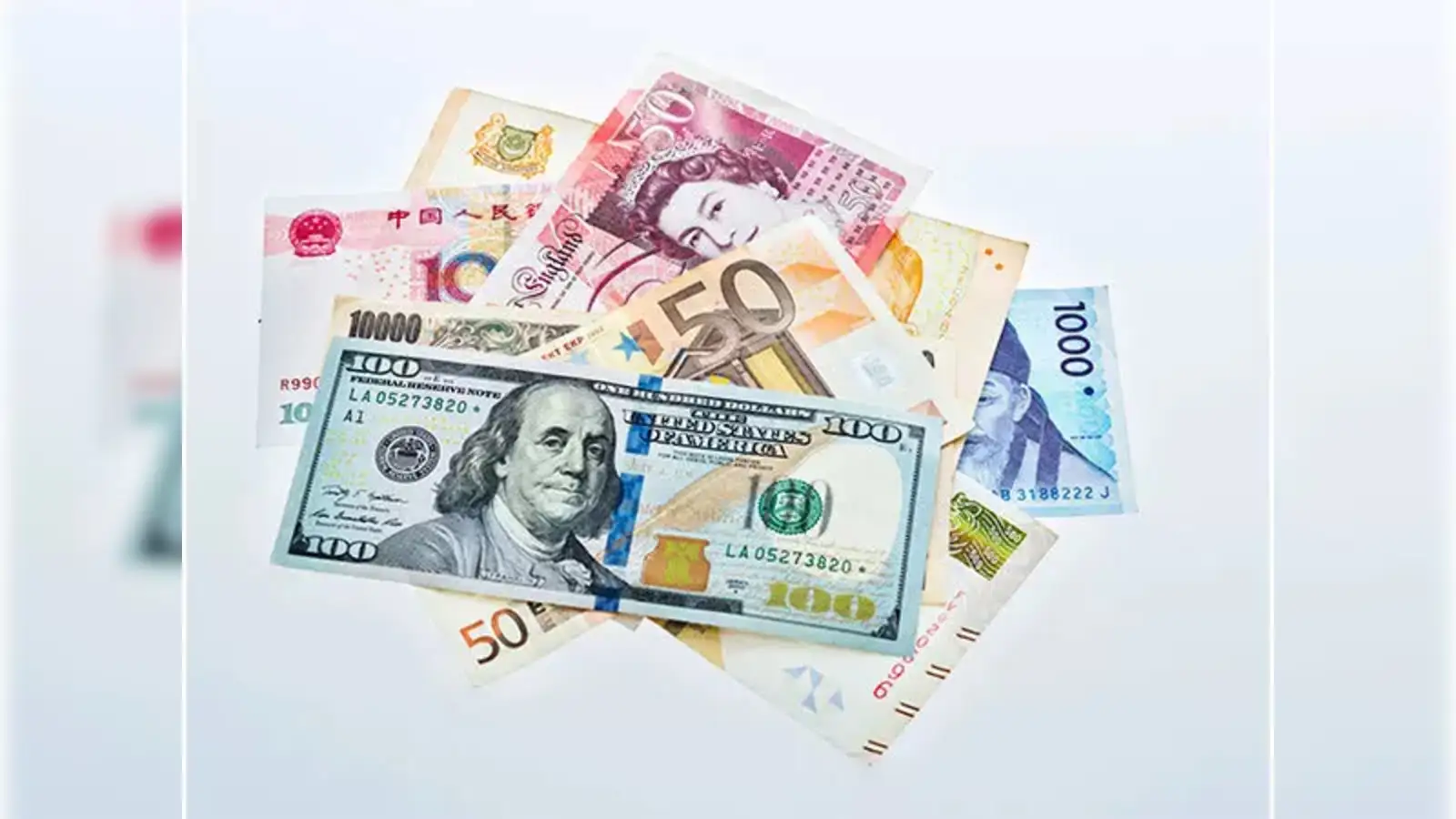
India's Forex Reserves: Current Trends and Implications for the Rupee

As of May 30, 2025, India's foreign exchange reserves have decreased to $691.5 billion, down $1.2 billion from the previous week and significantly lower by $13.4 billion from the peak reached in September 2024. This decline raises concerns about the stability of the rupee amid external pressures, including a stronger U.S. dollar and rising crude oil prices. This article explores the implications of these trends for investors and the broader economy.
Current Economic Context
The rupee has recently weakened to 85.49 against the U.S. dollar, reflecting the dollar's strength and volatility in global oil prices. The Reserve Bank of India (RBI) has noted that the current level of reserves can cover more than 11 months of imports, providing a buffer against potential external shocks. However, the recent trends indicate vulnerabilities that might challenge this stability.
Key Factors Influencing the Forex Market
-
Foreign Fund Outflows: In May 2025, foreign portfolio investors withdrew approximately $3 billion, contributing to the depreciation of the rupee. These outflows signal a lack of confidence in the Indian market, influenced by global economic conditions and domestic challenges.
-
Rising Crude Oil Prices: With India being a major importer of crude oil, the recent surge in oil prices has placed additional strain on the rupee. The increased cost of imports exacerbates the trade deficit, further weakening the currency.
-
Manufacturing Sector Performance: A slowdown in the manufacturing sector growth during May has added to economic concerns, prompting traders to keep a close eye on upcoming monetary policy announcements from the RBI. Any signs of economic stagnation could lead to further sell-offs in the forex market.
Implications for Investors
As the rupee continues to face downward pressure, investors need to remain vigilant regarding its trajectory. The RBI may be compelled to adjust interest rates to stabilize the currency and address inflationary pressures, which are projected to exceed 6%. Such adjustments could have significant implications for interest-sensitive sectors and overall market conditions.
-
Inflation Concerns: Rising inflation can erode purchasing power and impact consumer spending. Investors should consider the potential for tighter monetary policy as the RBI attempts to curb inflation while supporting economic growth.
-
Interest Rate Adjustments: An increase in interest rates could strengthen the rupee but may also slow down economic growth, creating a delicate balance for policymakers. Investors should monitor RBI communications closely for any indications of such changes.
-
Market Volatility: The forex market is inherently volatile, and the current environment necessitates a cautious approach. Investors should employ diversified strategies and consider hedging options to mitigate risks associated with currency fluctuations.
Conclusion
The recent dip in India's forex reserves underscores the vulnerabilities within the economy amid external pressures. Investors are advised to keep a close watch on economic indicators and RBI policies that could influence the rupee's stability and overall market conditions. Remaining informed and adaptable will be essential as these dynamics evolve, shaping investment strategies in the forex market.

For further reading on India's forex trends, refer to the full article on Economic Times.